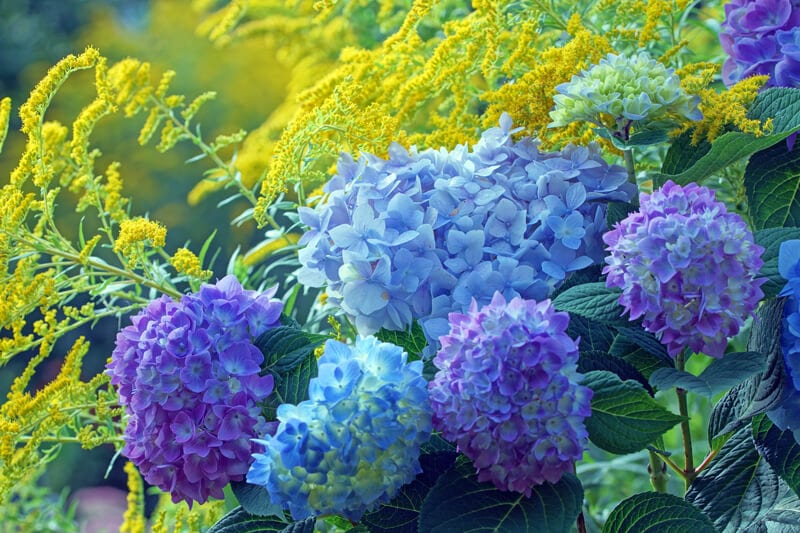Blue hydrangeas are sought after all over the country. Their bright blue blooms are difficult to achieve for many gardeners, especially in the Northern New Jersey area where the climate tends to be colder. So, what makes that brilliant blue color? This brilliant blue hue can only be achieved if you trick the flower into thinking it’s in a warmer environment. With a bit of green thumb chemistry and these helpful growing tips, you can make hydrangeas turn a brilliant blue.
Proper Care for Hydrangeas
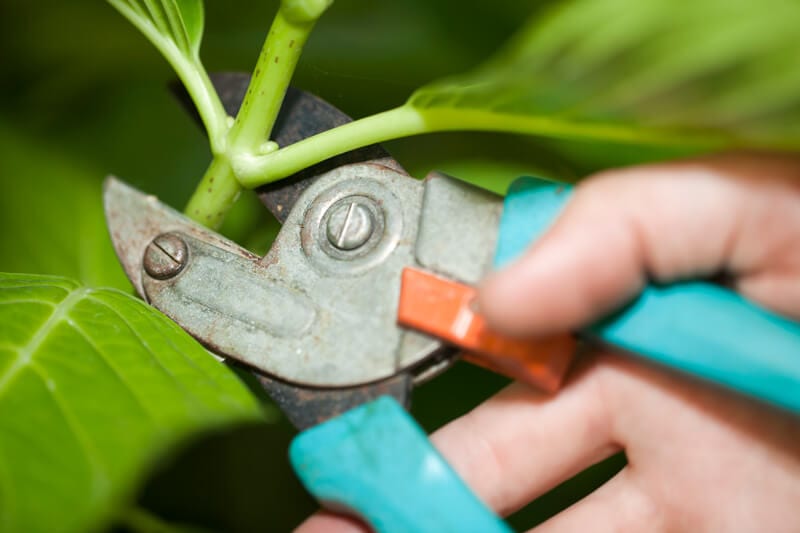
Here are some general tips for healthy hydrangeas, to help get your beauties out of the ground:
- Water generously once per week, more if planted in a hot/dry climate
- Can take full sunlight to partial shade, given it is in moist soil
- Pruning is needed very rarely, once every few years
During the Winter or early Spring, you can prune your hydrangeas down to the roots. Whether you choose to prune it this way or not, it’s important to keep the plant hydrated.
Also, if your hydrangea has lost its leaves, don’t lose hope. It may have to do with the weather. Northern New Jersey sees annual lows of around 46 degrees. It is important to care for your hydrangeas throughout each season. Adding pine straw, oak leaves, or wood mulch to the soil can help protect your plant from the cold.
If your hydrangeas are healthy and planted in rich soil, the flowers will start to turn blue!
Conditions for Growing Blue Hydrangeas
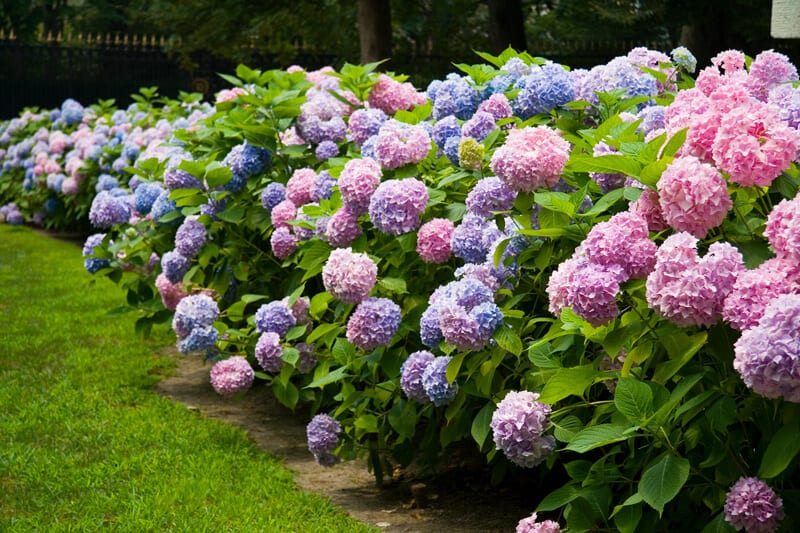
Your hydrangeas have some basic soil requirements before they can turn to a bright blue. The pH level and mineral content of your soil has to be tweaked before any of these blooms may occur. Changing and maintaining the pH level of your flowers’ soil may sound daunting, but with some patience, your soil will be ready to transform hydrangeas green or pink flowers into a beautiful blue.
A helpful side note for you hydrangea enthusiasts. Green and pink hydrangeas can change color however, white hydrangeas flowers cannot make this sought-after color change.
Changing Soil pH Level
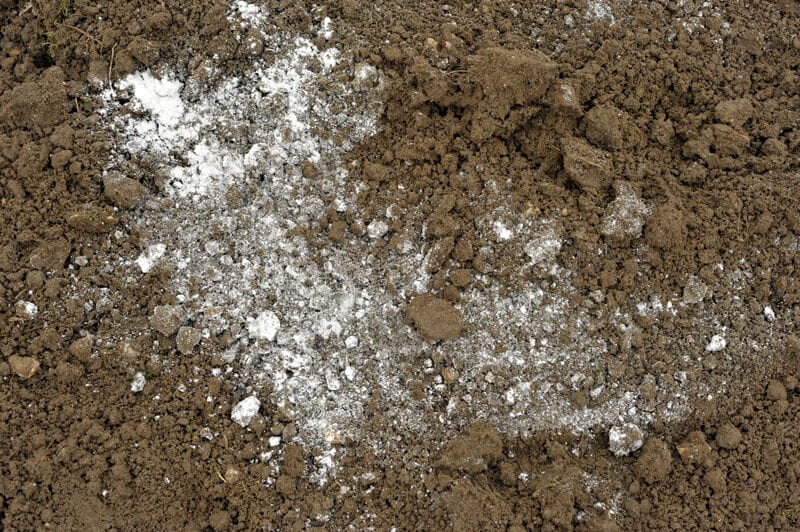
The ideal soil pH for blue hydrangeas is 5.2-5.5. This should be your goal when adjusting your soil pH level by adding some simple nutrients. If your soil leans more alkaline and must be lowered, you can do so by applying Soil Acidifier to it. You may also lower the soil more gradually by adding an acidic organic mulch such as pine bark or pine needles.
If your soil pH level needs to be raised, you may start by adding a powdered Garden Lime to the soil. The Garden Lime works a bit more gradually than your next option, which is wood ash. Add wood ash with caution, as it works very quickly in raising your hydrangea soil pH levels.
Turning Blue
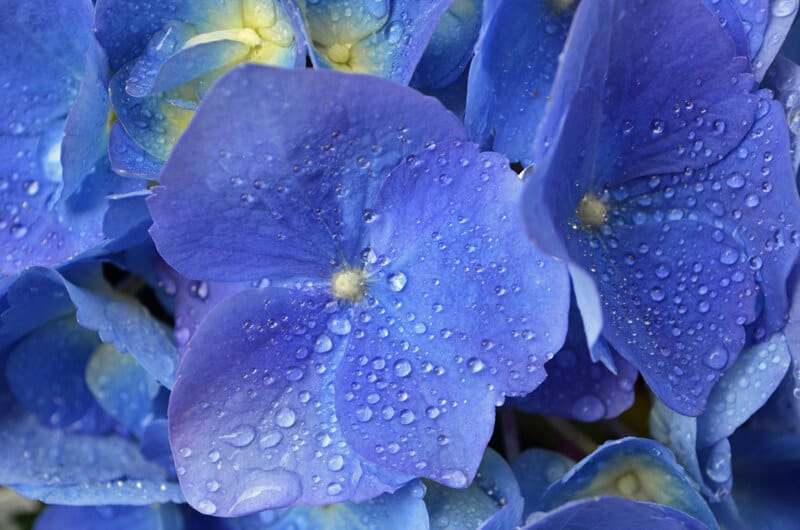
If you have adjusted your soil pH correctly with the appropriate additives, the changes may happen slowly. This is where patience comes in. As your hydrangeas start to change behind the scenes, they will blossom over time into that bright blue that gardeners and landscapers crave.
You may need to help maintain the 5.2-5.5 pH level by using additives several times throughout the growing season.
With experience and experimentation, learning how to make your hydrangeas turn blue will become a second nature talent! Everyone loves hydrangeas, and now you can grow these brilliant blue blooms right here in New Jersey.
For professional landscaping services, contact us at Sponzilli Landscape Group.

